This is a more complete list of our geomechanics services. Please check the "Partners" section as well.
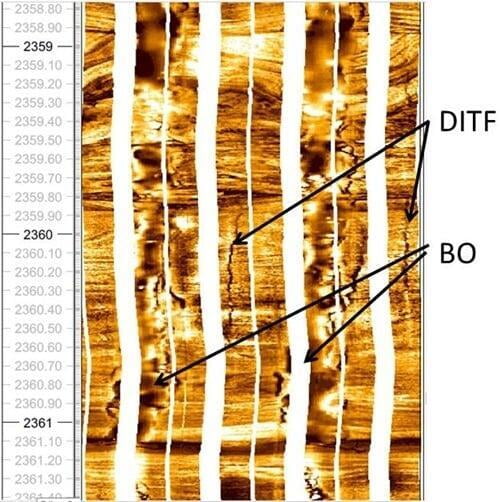
Basic Geomechanics Image Analysis. We provide a preliminary interpretation of features of geomechanical interest, specifically drilling induced tensile fractures (DITF) and breakout (BO), as visible in your images. We carefully check and QC the image data to differentiate DITF and BO from other features such as natural fractures and washout. We provide the basic interpretation of the orientations and approximate magnitudes of the insitu stresses.
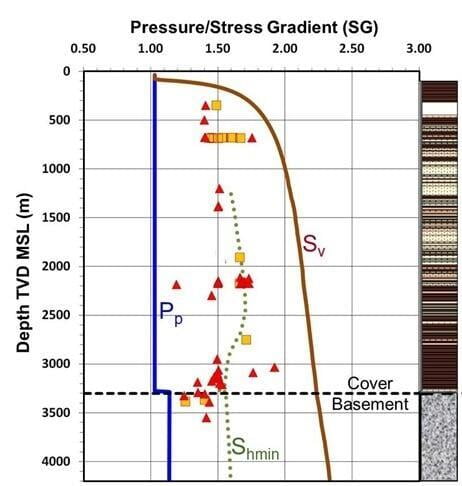
Vertical Stress, Pore Pressure, and Fracture Gradient. Building on the Image analysis results, we add the calculation of the overburden or vertical stress, and estimates of the formation fluid pressure and fracture gradient. We include analysis of the critical log data (density, sonic, and resistivity) and include analysis of the drilling experiences (from daily drilling reports) and also any formation pressure measurements and formation integrity tests (FIT) or leak off tests (LOT). The constrained estimates of the vertical stress, formation pore pressure, and fracture gradient can then be used for design and planning of additional wells (including casing points and operating mud weights), and for consideration in the advantageous siting of development infrastructure.
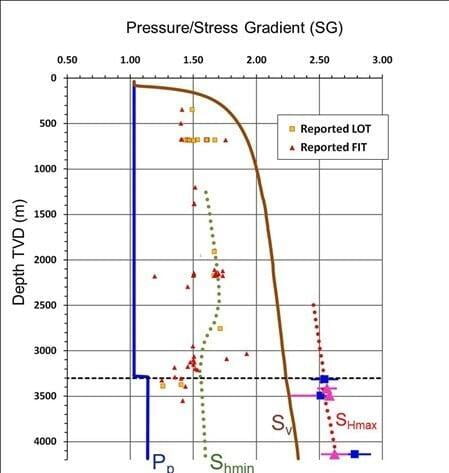
Full Geomechanical Model Including the Insitu Stress Tensor, Pore Pressure, and Rock Strength Estimates. Building onwards from the vertical stress, pore pressure, and fracture gradient results, we develop estimates of the rock strength and of the maximum horizontal principal stress. Typically this is done using the observed breakout (BO) and drilling induced tensile fracture (DITF) coupled with inferred or measured rock strength data. The result is a full estimate of the stress tensor, the fluid pressure, and the rock strength, all as a function of depth. These estimates are typically checked and constrained by comparison to the observed drilling experiences. The results are then used in three main areas, namely 1) wellbore stability analysis and well planning, 2) analysis of critically stressed fractures and faults, and 3) siting of infrastructure and development.
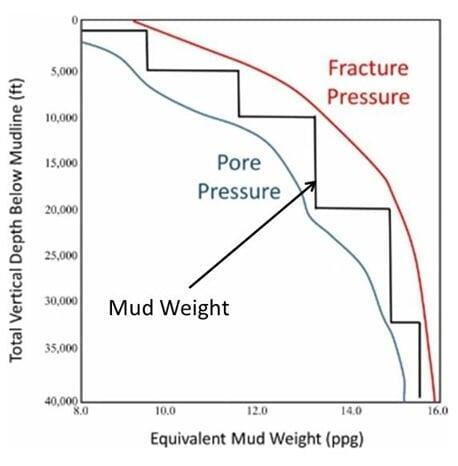
Wellbore Planning and Stability Prediction. With a complete geomechanical model, we then produce estimates or recommendations on the safe mud weight window for a future well in the same project area. Your proposed well trajectory and casing points are checked against the predicted breakout widths, the inferred fracture gradient, and the inferred pore pressure, in order to minimise the risk of lost drilling time events such as kicks, lost circulation, tight hole, stuck pipe, and loss of drilling strings or logging tools.
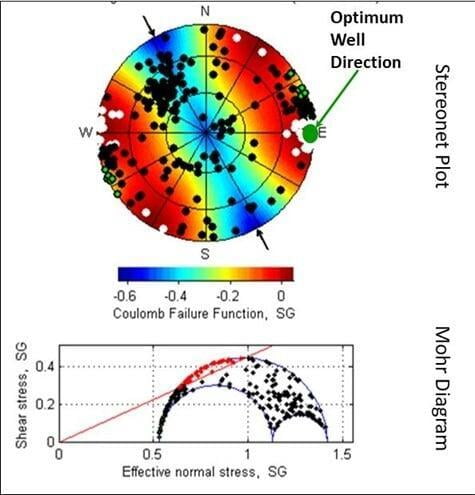
Critically Stressed Fracture Analysis. The geomechical model is convolved with known or inferred fracture orientations to determine which fracture orientations are most likely to be critically stressed, and thus subject to small shear movements. These movements are typically associated with opening or fluid migration, which can be of great help in enhancing flow into the wellbore during production, or conversely controlling or avoiding early water cut. Some aspects of the critically stressed fracture analysis can be useful input for choice of completion methods.

